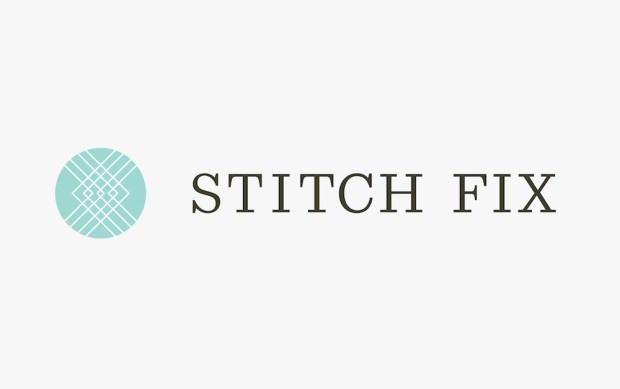Stitch Fix’s Second Act

Stitch Fix’s recent initial public offering (IPO) didn’t quite live up to expectations. The target IPO price was $18 to $20 a share. Instead, its stock opened at $16.90 — and, by the end of the day, the price came in at $15 a share. Day two wasn’t much better. The share price “broke issue” and closed below its $15 IPO price.
It was rough going, particularly for a firm that had valued its stock at $22.61 a year ago in a buyback.
With an IPO that looked decidedly more fizzly than expected, the concerned editorial pieces rolled out. Is there any chance for startup retailers in a digital commerce environment increasingly dominated by Amazon? Are any and all retail IPOs in danger of going bust?
It was a rather fraught few days.
But the calendar ended up being a big help for Stitch Fix in its nascent days as a publicly traded entity, as the Black Friday/Cyber Monday shopping holiday came early in 2017, and consumer enthusiasm did some work to steady the market’s concern about the emerging eCommerce brand. By Cyber Monday, stock prices were up more than 50 percent to over $24 a share, and though that has come down some, as of the writing of this article Stitch Fix’s stock price remains in the $23 range.
“On pricing, we didn’t end up where we had hoped to be. But, at the same time, we’ve been underestimated before. I feel like we thrive being in this position; we’ve never been an overhyped, overvalued company. And so we are very happy to prove ourselves in the public markets and show some good results,” CEO Katrina Lake told Recode.
Stitch Fix’s entire journey to the public markets has been one where they’ve had to push through expectations and rely largely on the strength of the firm and its eTail premise. During its startup run, Stitch Fix only raised $50 million. According to Lake, they didn’t have the luxury of investors throwing crazy sums of money and sky-high valuations at them. The focus always had to be on building a firm that could produce results consistently and stand on its own.
As a result, Stitch Fix grew and focused on becoming profitable at the same time. Founded in 2011, Stitch Fix was in the black by 2015 and became even more profitable in 2016, when revenue surged 113 percent.
Stitch Fix pioneered a novel niche in the retail marketplace by making an interesting bet: Some consumers love getting new clothes but hate shopping for them. Using consumer self-reporting on style and taste preferences combined with artificial intelligence (AI) studying and learning from past consumer choices, Stitch Fix does the shopping and sends their subscribers monthly shipments (called fixes) of clothes and accessories.
What the customer wants they keep, they’re charged for. What they don’t want, they return for free, no hard feelings. The combination of expert stylists who curate the boxes and smart AI that understands each consumer’s taste seems to be getting the right clothes into the hands of consumers — as the subscription box service has grown its active user base to 2.2 million and has an astonishingly low churn rate. Stitch Fix boasts repeat rates among its customers of 86 percent, strongly implying consumers like what they are getting.
But good ideas are often borrowed, and there are many competitors offering similar services that have emerged since Stitch Fix’s launch. Most notably is the rollout of Prime Wardrobe over the summer — a very Stitch Fix-like service that allows customers to order a resealable box with clothing and accessory items included and a prepaid label for returns, “to make the return process less of a hassle for shoppers,” according to Amazon.
Customers who keep five or more items receive a 20 percent discount; customers who keep three or four get 10 percent off. Customers keep what they like and return what they don’t. It’s not an identical fashion subscription service, lacking Stitch Fix’s close focus on personal styling, but it is similar enough to be worrisome for a still up-and-coming firm like Stitch Fix.
Though the fashion subscription service saw massive revenue growth in 2016, it saw its expansion slow down dramatically in 2017, falling to only 33 percent. Its profitability wavered as well, as Stitch Fix used much of their revenue for growth. High cost, lost profit is a tough sale; recent retail luminaries like Blue Apron have struggled upon reaching the public markets.
But CEO Katrina Lake remains focused on the long term, noting that she conceived and created Stitch Fix to be a personal shopping brand she could work at “forever,” which means the timeframe she is most likely to consider is long-term — what will help the brand grow sustainably over time.
“I think this sustainability and discipline is important. That’s not maybe the default today. It’s a choice that you can agree or disagree with, but it has been our choice,” Lake emphasized.
It’s a choice that has worked out so far. Now the question is, can they keep it going through their second act on the public markets?
